Its the difference between an instructor captain and any old captain.
The instructor has a toolbox of drills that teach as opposed to many captains that show a student a docking, and get them to imitate, not necessarily understand.
One captain I worked with hardly let the new owners touch the wheel. They were a mess the first couple times I had them out as they had little confidence doing anything.
I was far from a great boat handler, but had done some form of instruction pretty much my whole life.
As far as practicing around a buoy....you bet the first few times are necessary for most...after a student got the basics, doing it in a marins and not hitting anything increased their confidence greatly. Wish they had military grade or commercial top notch simulators for training boaters....for so.e the high cost would still be worth it to get them that confidence they can operate near things without the fiberglass repairer bills


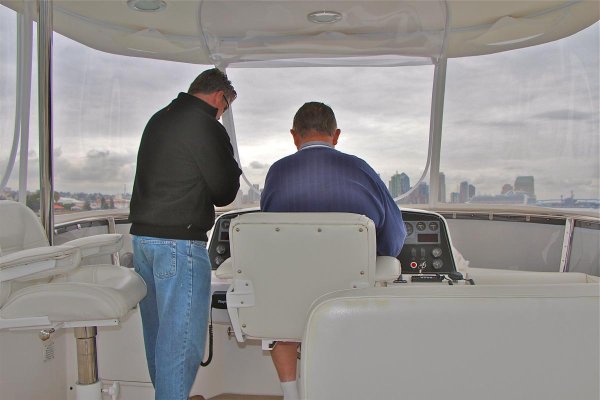
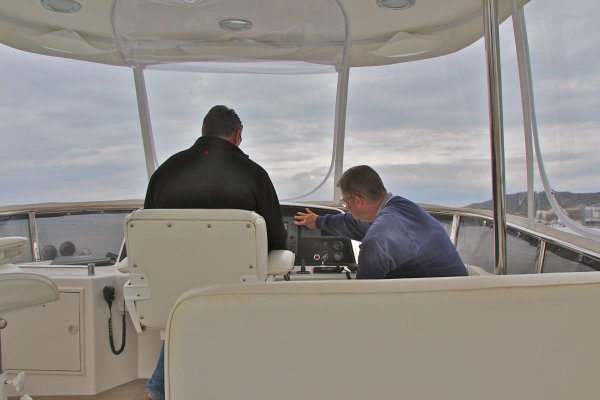
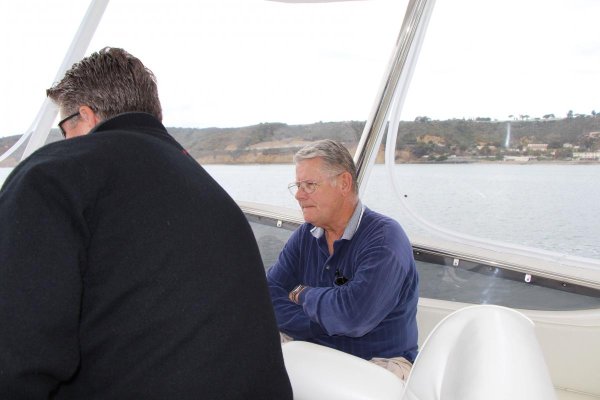
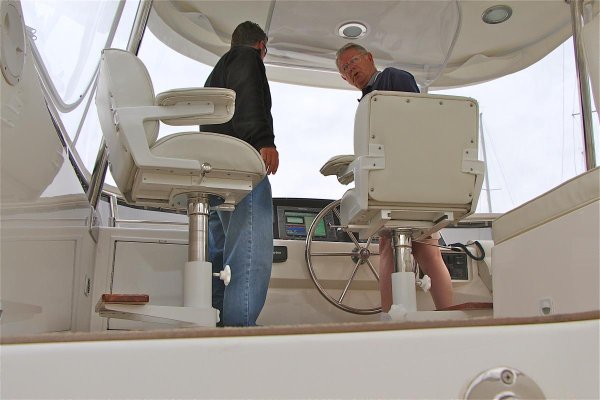
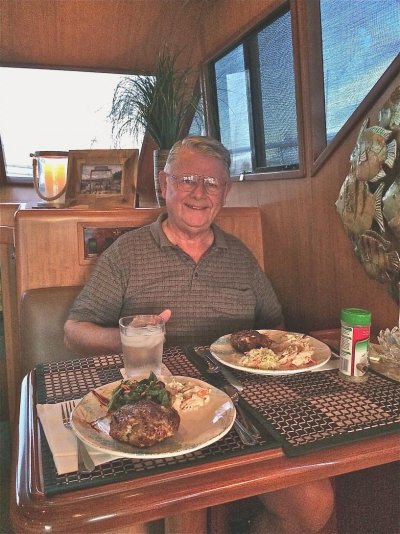

 ) I'd love to see some of our members who have taught & are teaching boat handling, successfully complete that exercise!
) I'd love to see some of our members who have taught & are teaching boat handling, successfully complete that exercise!